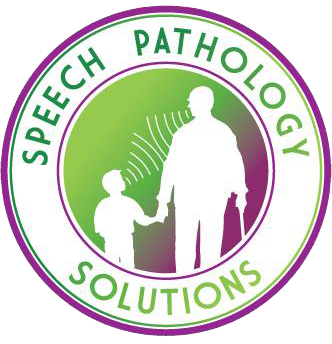Long COVID Cognitive Symptoms – How Speech Therapy Helps
Long COVID, also known as post-acute sequelae of SARS-CoV-2 infection (PASC), refers to the persistence of symptoms weeks or even months after the acute phase of the COVID-19 infection has resolved. Among the myriad of symptoms that can linger, cognitive impairments have emerged as particularly concerning. These cognitive symptoms, often referred to as “brain fog,” […]
Long COVID Cognitive Symptoms – How Speech Therapy Helps Read More »










